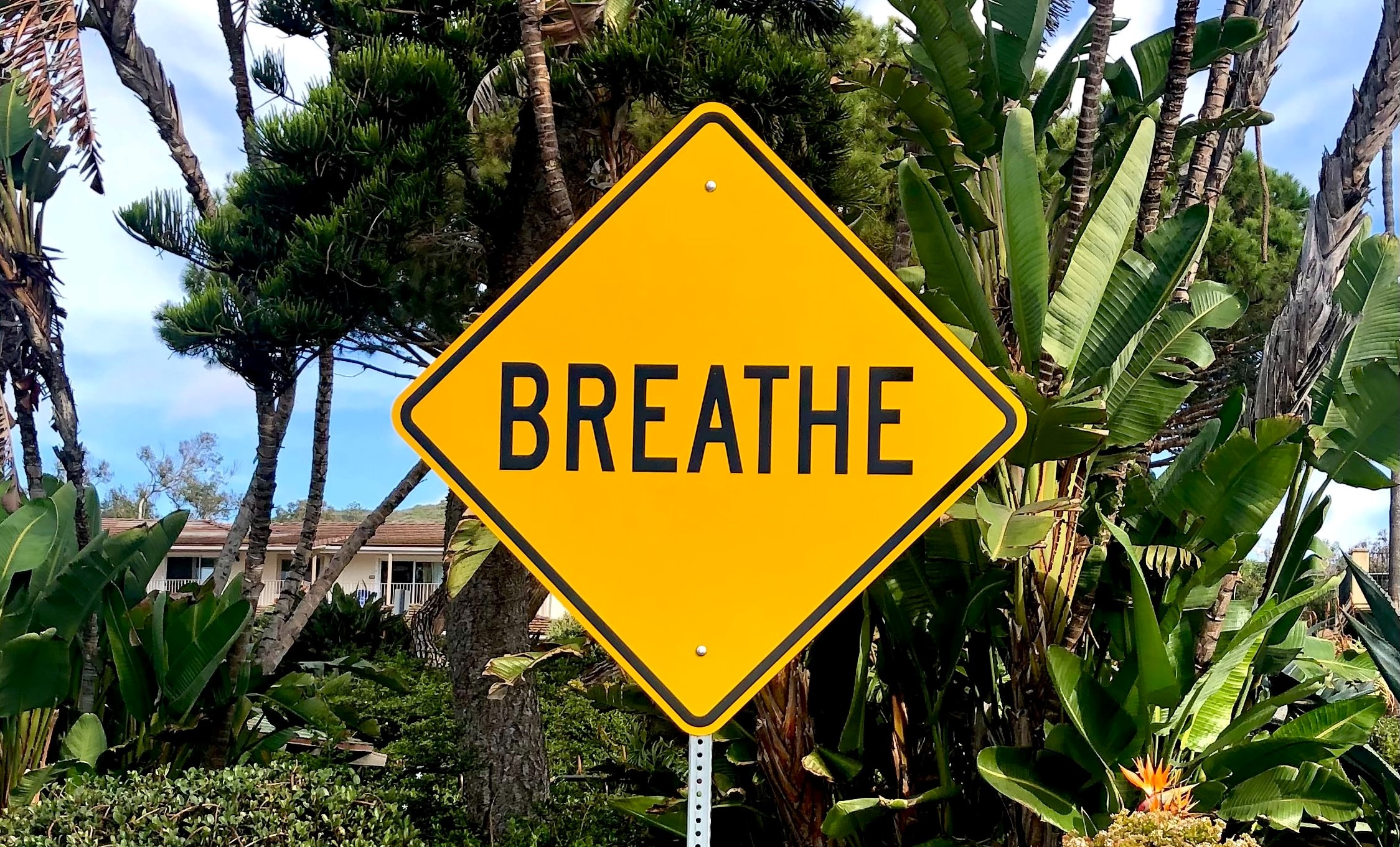5 Best breathing techniques to fight anxiety and calm our minds

A new year has just started, but it feels like last year is still dragging on.
We are living through unprecedented and unsettling times to say the least, anxiety and fear are still very common among us, with many feeling quite overwhelmed.
This constant state of fight or flight we have been plunged in since almost a year can create havoc in our health.
This is why it is incredibly important to cultivate few practices to calm and center our minds.
One of the oldest and most effective of these practices is to breathe, following different techniques.
Learning how to breathe is a powerful tool that we can use every time we feel worrying and upsetting thoughts creeping in.
It is always available to us, it’s free!, and it will give results within minutes.
The following are the best five breathing techniques you should try today 🙂
Diaphragmatic Breathing or “belly breathing”, to create calm
Diaphragmatic breathing involves fully engaging our core (stomach, abdominal muscles and diaphragm) when breathing.
This deep breathing technique will allow oxygen to better move around the body and it will stimulate the vagus nerve, activating the relaxation response, reducing heart rate and blood pressure and lowering stress levels, as demonstrated by Harvard Medical School
How to…
- Find a quiet and comfortable place to sit or lie down.
- First, take 3 normal breaths
- Then try a deep breath: Place your hands just above your belly button and breathe in slowly through your nose, allowing your chest and lower belly to rise as you fill in your lungs with air. Let your abdomen expand fully and feel your hands rising with it.
- Now breathe out slowly through your mouth (or your nose, if that feels more natural).
- Repeat 5 times. Each time, try to relax even deeper into the breath.
- Practice your belly breathing 3 or 4 times a day and be amazed at the instant results!
The 4-7-8
A technique gifted by Ayurveda and Yoga tradition which can be described as a natural tranquilizer for the nervous system.
How to…
- Sit with your back straight and place the tip of your tongue behind your upper front teeth. You will have to keep it there throughout this breathing exercise
- Exhale through your mouth, making a whoosh sound
- Close your mouth and inhale through your nose for a count of four
- Hold your breath for a count of seven
- Open your mouth and exhale, making a whoosh sound to a count of eight
- Repeat five times
Nadi Shodhana Pranayama, to find focus
Balance the left and right side of your brain through Nadi Shodhana Pranayama, or alternate nostril breathing, another precious gift from the Yoga tradition
How to:
- Sit up comfortably, your left palm resting on your left knee
- Lift your right hand to your face and place the tips of your index and middle fingers in between the eyebrows
- Close your eyes and inhale and exhale deeply through your nose
- Close your right nostril with your right thumb while inhaling through your left nostril
- Close your left nostril with your ring finger so both nostrils are held closed for a moment, then open your right nostril and slowly exhale through it.
- Now Inhale through your right nostril, then hold both nostrils closed with your ring finger and thumb, before opening your left nostril and slowly exhaling through it
- Repeat six to 10 times and feel clarity again!
Develop Mindfulness
A simple technique to help us expand our mindfulness
How to….
- Sit up comfortably, close your eyes and take a few gentle deep breaths.
- Begin by counting “one” as you exhale.
- Take another deep breath and on the exhale count two,
- Keep breathing and counting when you exhale up to five
- Then begin a new cycle, counting one on the next exhalation.
- Never count higher than five, and only count on the exhale.
- You will know your attention has wandered when you find yourself counting up to 8, 10, or 20!
Body Scan breathing meditation
How to…
- While comfortably sitting or lying down, close your eyes and take few deep breaths.
- Start focusing your attention on how the breathing feels in other parts of the body. Start by focusing on your head, ending with your feet.
- Notice how each area feels: is there any tension or tightness? Imagine of releasing this tension with each deep breath.
- Notice how you slowly start to feel more relaxed, muscles are becoming less tense, your shoulders and jaw are dropping, your head feels lighter.
- Take one more moment to notice your whole body, take a deep breath and open your eyes.
- Begin with short body scans before working your way up to at least 20 minutes sessions.
